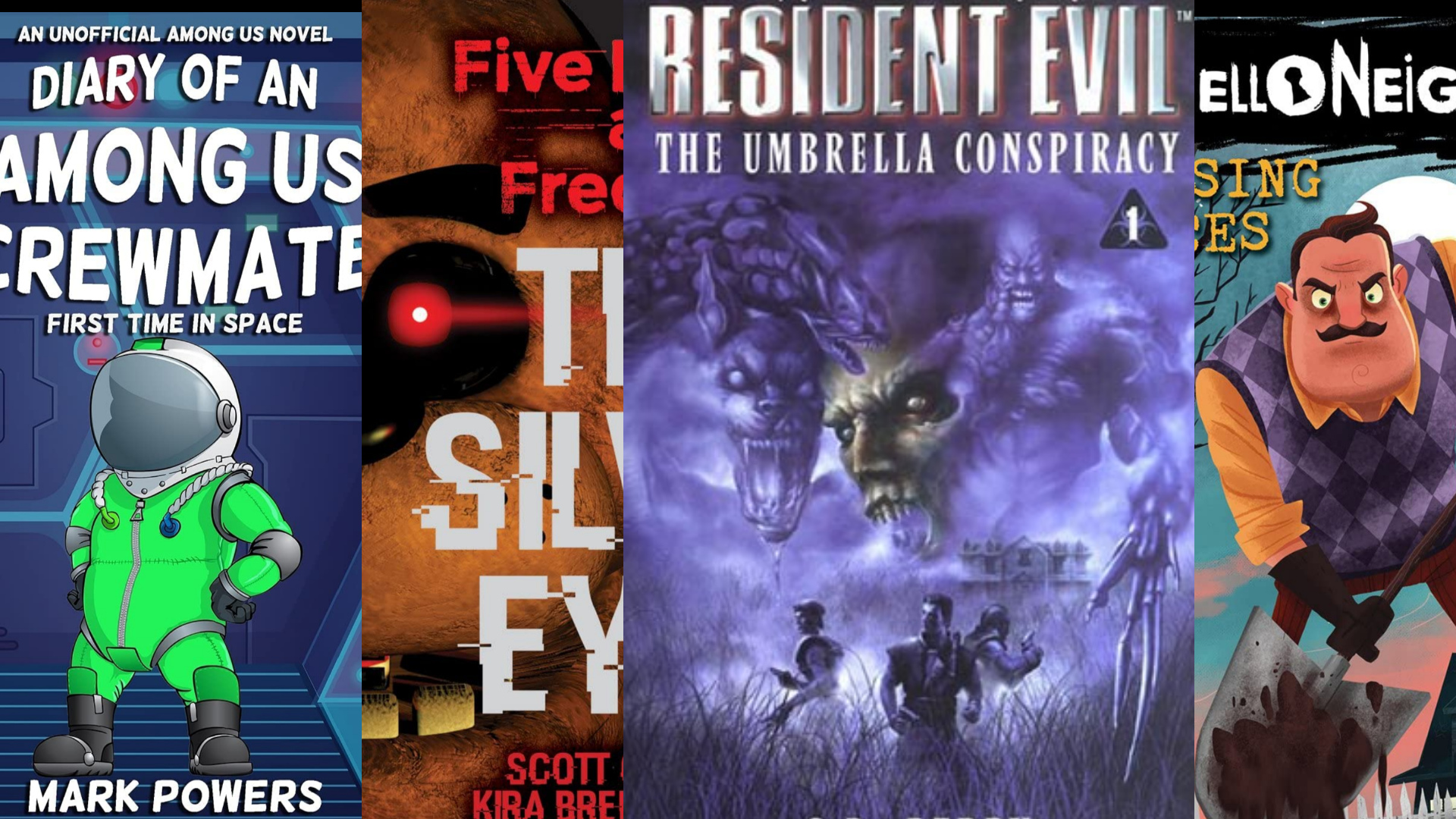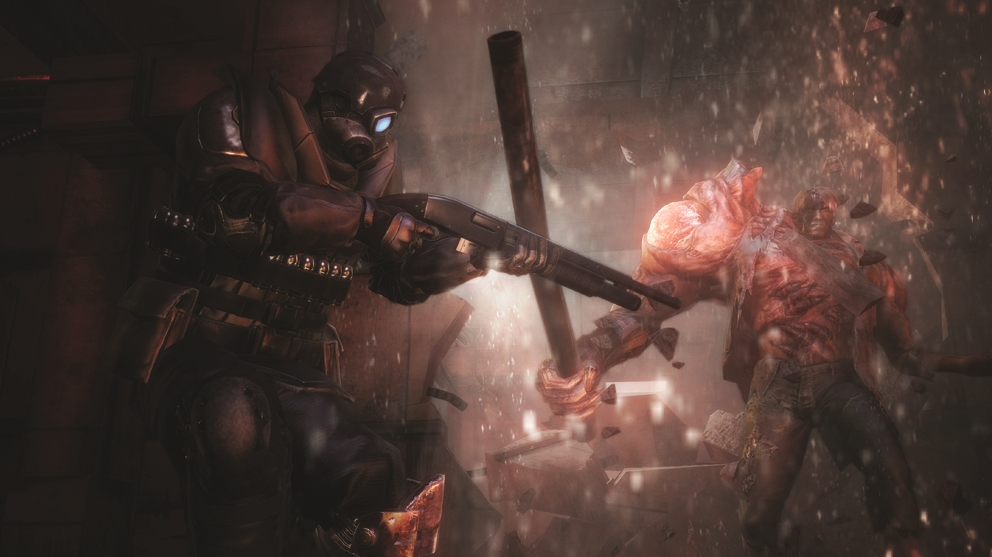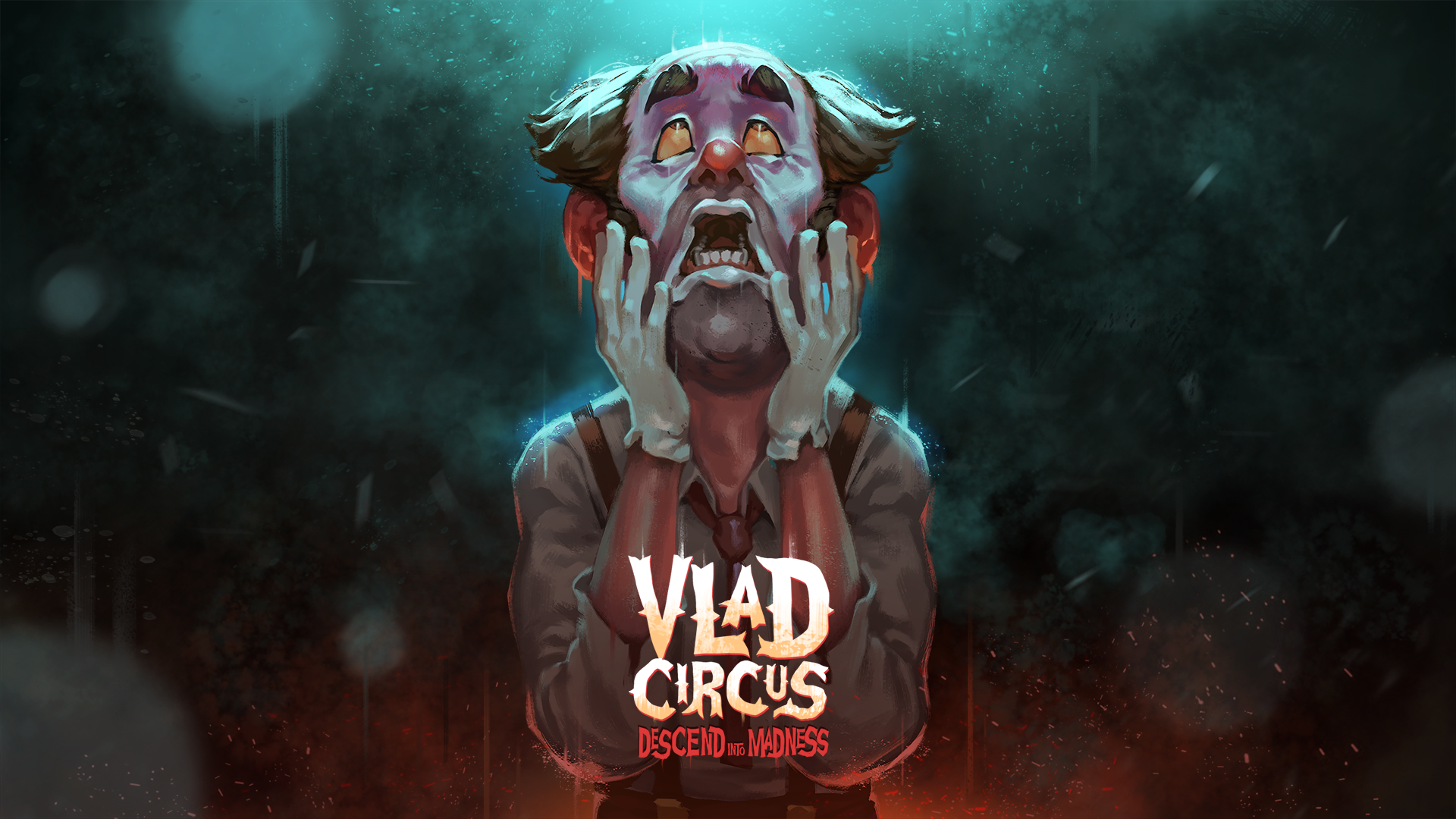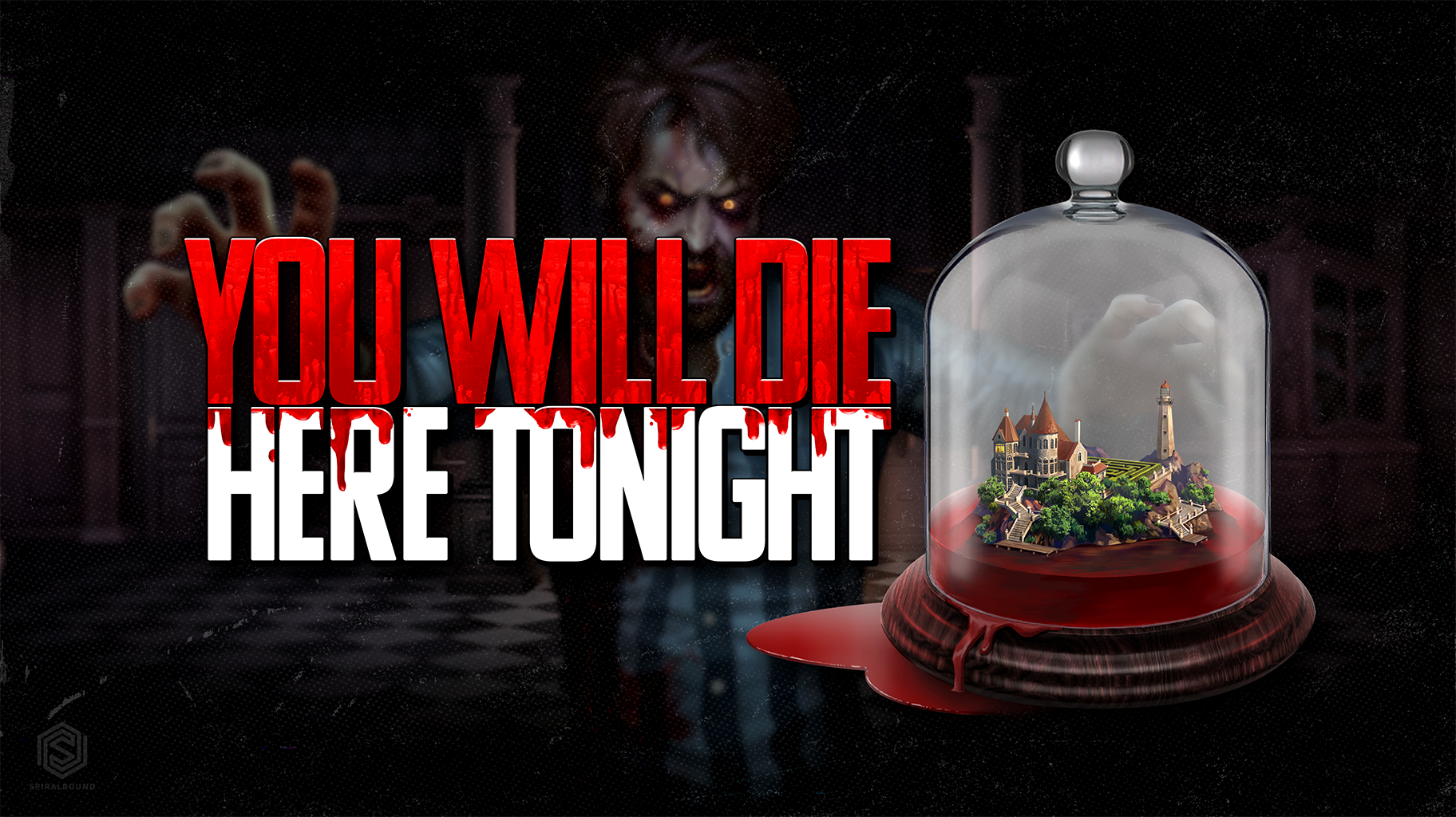
Video Game Novels: A Weird and Wacky World
I read a lot. On a good tear, I’ll go through 4-6 novels in a week. When I was but a young boy, a friend of mine had the Resident Evil novelizations by S.D. Perry on his shelf. The covers always fascinated me. What could The Umbrella Conspiracy be? Does it tie into Resident Evil 2? Do I need to have played Resident Evil 2 to understand this conspiracy? These were the thoughts that ran through little Jans’ head while looking at these video game novels. I’m ostensibly an adult now, and I can buy any video game novelization I want. Is that a good thing? No. No it’s not.
Let’s pull it back. in 1998 Resident Evil fever was real. People were catching it left and right. It was almost as contagious as Silent Hill 2. Capcom knew the way the wind was blowing. “We need novels that are tenuously connected to our games!” they said. A few outliers non-withstanding, The Resident Evil series by S.D. Perry was the first introduction most of the world had to video game novels. Granted, I had the novelization of Mortal Kombat: The Movie on my shelf proudly since ’95. It doesn’t count though, because it was a book based on a movie that was based on a game, that was based on a dream Ed Boon had about fighting above a pit full of spikes while someone screamed “Toasty!” from the sidelines.

I’ve said a lot of words, but I’ve not told you how the Resident Evil video game novels are. Serviceable, would probably be the best word. They’re not winning any pulitzers, but hey, neither am I. They’re set in their own chronology loosely following the games, and give some characterization to our favorite Resident Evil characters. They’re not necessary, but they’re not bad. I don’t think S.D. Perry knew she was opening the floodgates to a weird, niche industry. If she did, would she have written the Resident Evil series? Probably, those things more than likely made bank. They’re the forerunners. They get the first spot in this piece of rambling lunacy I’ll call an editorial.
What followed and what continues are some sort of hell timeline where almost every game gets a book. It appeals to a certain kind of fan. The ravenous folks that will buy up anything with a game’s name on it. I’m still surprised the US didn’t get the Japan-only Silent Hill novels. Those things would’ve slapped over here. We can always console ourselves with the Silent Hill video game novels we did get. I’m guilty of it as much as anyone else. I have read S.D. Perry’s Resident Evil novels. All seven of them. Don’t judge me until you’ve walked a mile in my shoes to buy a pre-ordered copy of the re-printing of Umbrella Conspiracy at a Gamestop in 2012.

The problem with writing video game novels is simple. Look at the chronology of Resident Evil. Every game pretty much breaks the canon of the game before it. Wesker died at the end of Resident Evil…and then showed up in every game afterwards for 20+ years. Oops. This is actually noted by S.D. Perry in her last novel: Zero Hour. Zero Hour was the novelization of Resident Evil 0, and due to story beats she had written in Umbrella Conspiracy (Did I tell you the conspiracy was that the novel was actually a novelization of the first Resident Evil?), things had changed so much as to be terribly wrong.
Look upon the tale of Rapture. It was a Bioshock video game novel meant to come out in February 2010 to coincide with the release date of Bioshock 2. The problem was that there just wasn’t enough tie-in to Bioshock 2. After many re-writes, and Ken Levine being snarky, it finally released in July 2011. This is one of the problems of video game novelizations. If it’s too tied to the game’s story, it runs the risk of breaking the canon. If it doesn’t follow the story enough, you may have to re-write midway through to appease the canon being created for a new installment. It can be a losing proposition.

Nowadays, authors find it easier to just build a new story in a game’s universe. A big example of this is Five Nights at Freddy’s. After a run of video game novels (3! 3 of them!) that saw Scott Cawthon and Kira Breed-Wrisley trying to plot out a story within the zany bounds of Scott’s I’ll-figure-it-out-as-I-go narrative, a change was needed. There are 7 more Freddy books. They are more akin to Friday the Thirteenth The Series. For the uninitiated, Friday the Thirteenth The Series had very little to do with the Friday the Thirteenth movies. It was a loosely thrown together collection of stories done in an anthology format. It was insanely cool.
In the new Fazbear Frights series, we are divorced from the dreadful living animatronics of the main series. The stories center on young adult horror like Goosebumps. I always loved a good Goosebumps. This series seems to be popular, though I’ve not read it. Moving into the 2020’s, the trend of video game novelizations isn’t going to stop. With self-publishing and fanfic on the rise, I think we’ll actually be seeing more. Every writer out there with a love of a game can sit down and type out their story. The publishers and developers of these games be damned. Unofficial novelizations are already out there. In my research, I found at least 5 Among Us books.
The world of video game novelizations is a strange one. We can blame it on video game culture, book culture, young adult literature culture, or S.D. Perry. It’s here to stay though. So sit down, open the book, and start reading. You might actually like what’s written. This is a long-winded way of me saying that starting next week I’ll be writing editorials about the Five Night’s at Freddy’s novels. All three of them. It’ll be…fun.




